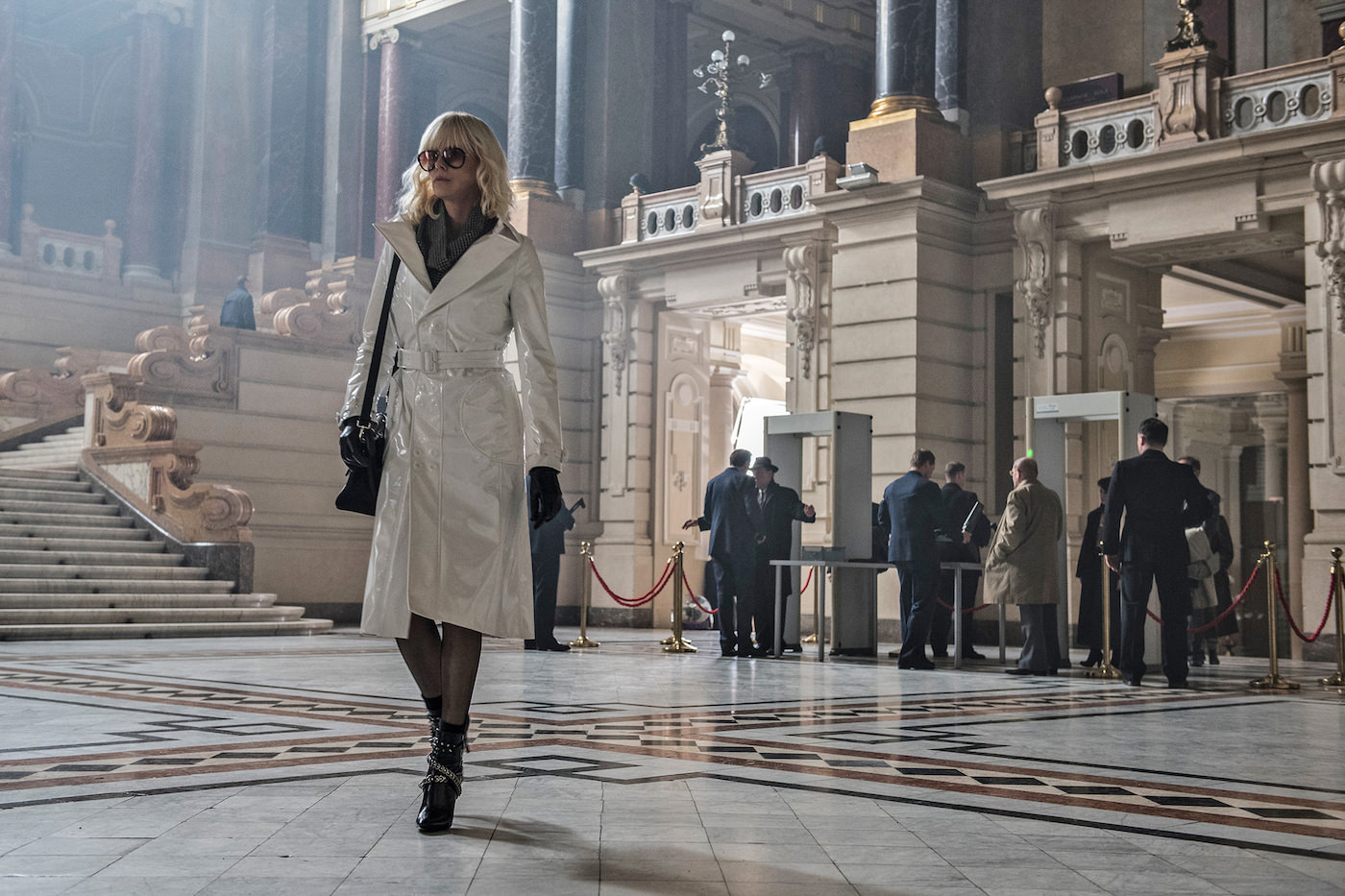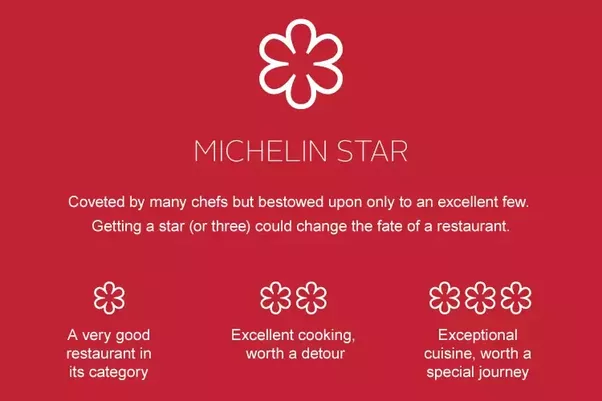Cult Critic: What was the inspiration for your current film, “Sandwich”?
Szűcs: “Sandwich” is a film about love and empathy. It’s about a turning point, the kind of turning point that requires a lot of different factors to come together, and each and every scene encourages the viewer to make change happens in their life. Everything comes together that night to create change and that is a very rare and what I would even call a “blessed” moment. Similar moments occur to us all, and we either notice them or we don’t. If we do, they can bring meaningful change to our lives. The characters in my film choose to seize the opportunity, and that is what I set out to portray.
Cult Critic: The performances from your lead actor “The Captain” (Szabolcs Thuróczy) and young actress, “Dana” (Emma Bercovici) were phenomenal. As a director how did you work with your actors to inspire the performances that you and your actors achieved?
Szűcs: I was very fortunate with my cast. Szabolcs is an old friend and an exemplary actor. He’s a star in Hungary and people love him. I think it is significant that he is a seasoned theatre actor and that worked very well in this film. Most of the scenes are set in a military facility, and it is always a challenge as a film director to maintain tension without changing the setting. That is when an actor’s experience of being locked into a stage set proves essential. He is also a leading film actor, so I really got the best of both worlds. Emma is a wonderfully talented child actor, with more experience by the day. It was very important for me to find the special kind of naivety that she possesses, still unspoiled by the profession that has the tendency to turn children into little adults. Truly talented child actors go back to being children when they come off set at the end of the day, and they are the only ones capable of bringing the characters of genuine children to the screen.
Cult Critic: I noticed layers of symbolism in your short film. Please describe some of your thoughts on the idea that a sandwich can act as a facilitator of empathy.
Szűcs: “Sandwich” does have a lot of layers, and, if I wanted to use big words, I would say that if a viewer turns to it with an open heart, they will understand the film’s message. The sandwich in the title of the film, without giving any spoilers, symbolizes life itself. A soldier and a refugee come together thanks to a simple sandwich, that would have gone otherwise unnoticed in everyday life. This sandwich changes everything, and so it symbolizes life for the various characters, each according to their individual situation…
Cult Critic: Another interesting aspect that I noted from your work is the idea that we can learn so much from a child. In what ways do you believe we can learn about the effects of our behavior, through the eyes of a child?
Szűcs: I have already mentioned that the birth of my daughter brought great change to my life. And I have learned something new from her every day since then. Children are incredibly intelligent, and I even sometimes think that she is the one raising me. I’ve often sat and watched her at a playground as she makes friends with kids she has never met before and is soon playing along happily with them. She’s good at it. I, on the other hand, often find myself looking at a child and have a bad feeling about them…making a judgment on them. They either play too roughly for my tastes or I just have a bad feeling about them…My daughter isn’t at all bothered, it’s just another playmate to her, and she never prejudges another based on appearance, skin color, hair color, or anything else that would see an adult form an instant opinion. In many ways, Voltaire provides a motto for this film, when he says:
“Prejudice is an opinion without judgment. Thus all over the world do people inspire children with all the opinions they desire before the children can judge.”
My daughter provided the inspiration for this film at a point in my life when I was becoming increasingly aware of how quick we are to prejudge others. And, in much the same way, we see the hardened character of the Captain open up and become more accepting and understanding of others. It takes a great deal of bravery to open our heart up to others and often appears a treacherous path for the psyche… but it’s worth it…
Cult Critic: I thoroughly enjoyed your film (after the initial heart-breaking opening scene). What are you currently working on and where can we find information about you and your work?
Szűcs: Of course, the first thing on my agenda is to see “Sandwich” appear at as many festivals as possible. And I am very keen to see how audiences respond to it around the globe. But because it takes such a very long time to make a film, I don’t plan to dawdle and I am already planning my next movie that has been with me for a while now – this time a feature film. Hungarian film is, thankfully, enjoying something of a renaissance at the moment, that is good for audiences and filmmakers alike, and makes funding a little easier than in previous years. Fortunately, András Muhi is set to oversee my next film as producer ( Oscar-nominated) “Of Body and Soul”), and I am confident that this project will be ready in good time to present in Calcutta at the end of the next year. In the meantime, I would like to express my heartfelt gratitude to the Calcutta Cult Film Fest for selecting my film and I am very much looking forward to attending the award ceremony in December. Thank you India, thank you, Calcutta!
Flatpack Films is based in Budapest, Hungary. We are a film company that offers an inspiring and professional work atmosphere for our local and international clients. Since our inception, our focus has been providing the best of the best in terms of local production resources, locations, cast, and technical teams to ensure that whatever the production we facilitate, we do to highest standard possible.
























































